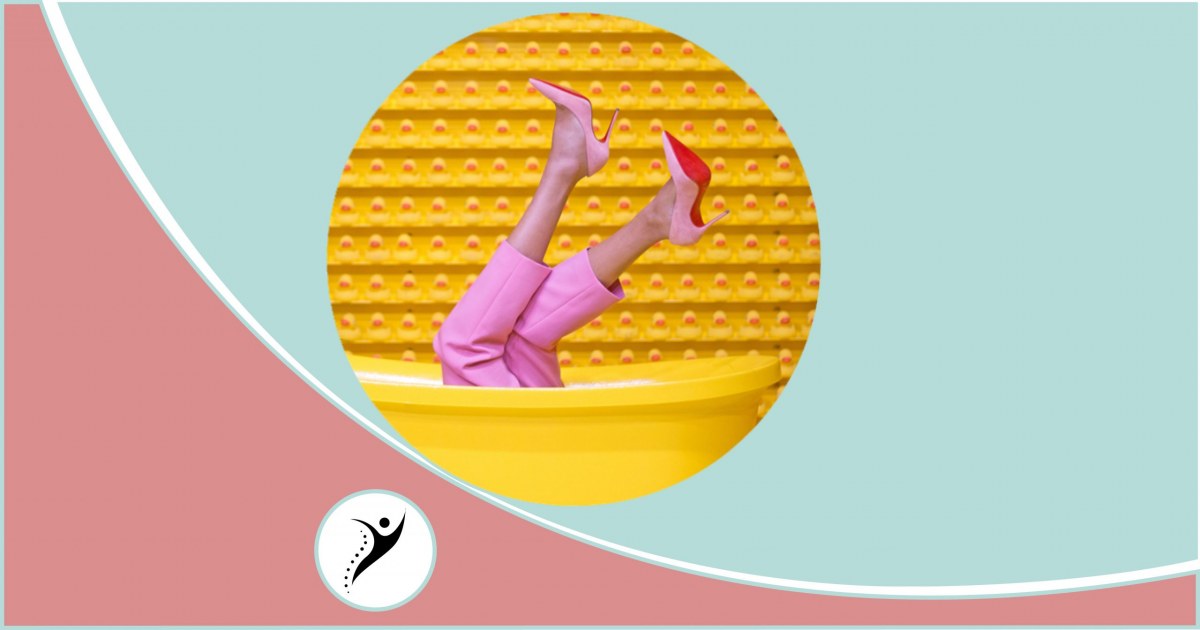FOOD’S’MOVES. HEELS: YER OR NO?
Heels are objects of desire: how can you say no to an elegant pair of décolléte shoes, maybe for a special occasion, a party, a ceremony?
Moreover, they can be required for job events!
Let’s step back and talk about the human foot. It’s the part of our body thanks to which we directly relate to the ground, and it’s created to adopt its shape to it: it is definitely our support and by walking it lets us move. Moreover, with a series of neural connections it allows our body to be balanced and to regulate our posture in a vertical way. We were born barefoot, I say it because we can feel good only by wearing a pair of shoes we appreciate, possibly comfortable ones, supporting us, with heels of a maximum height of 2-3 cm!
High heels tend to push the weight on the front side of the feet, which is not made to support it, especially for a long time!
Any numbers? Tre centimeters of heel are enough to move the 22% of the weight from the heel to the forefoot. Six centimeters increase the weight on the metatarsals of 57% and nine centimeters bring down the 76% of the human weight on the toes, lightening the heel which is raised from the ground.
Last, but not least, heels do not endorse the usual footstep organization, made of base and lift, from heel to toes.
The most common problems we deal with the use of high heels, talking about feet and ankles, are calluses, bursitis, hammer toes, Hallux valgus, Morton’s neuroma, tendinitis, shortening of the calves’ muscles, ankle distortions. The accentuation of the lumbar curve that explicitly pulls the backside out is the result of an excessive movement ahead. A good dynamic functioning of the human feet is at the basis of the health of our legs’ lymphatic system. An excessive use of high heels, on the other hand, does not allow a good contact with the ground, neither a good stimulation of such channels. Of course heels can make you look nice, but the price to pay is high!
If you think you have some problems call a specialist or your trusted physiotherapist. Now I’m going to give you some general advices:
– Make a foot soak in the evening;
– Massage the plantar side, that is, the part of your toes towards your heel (do the same with your calf: from the lower part to the knee);
– Make your legs lean vertically on a wall, to ease the venous rhythm and relax your back;
– Stretch your calves: pose one of your feet entirely on a step, while the other one simply touches with the anterior part, leaving the heel suspended. Help yourself by touching the wall. While maintaining your back straight, try to stretch a leg first and then the other one, pulling the heel to the ground;
– Take advantage of springtime and walk barefoot on the sand, on the grass, on small stones: it’s the perfect exercise to stimulate the underfoot, as well as the muscles controlling legs and ankles.
Don’t give up on elegance, charm and style. Just remember to take care of your health, all the time!


